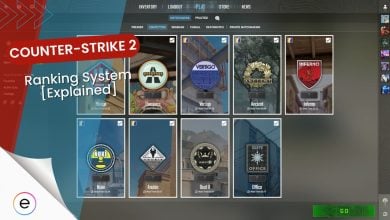Kerbal Space Program 2 Review
Overall
-
Story And Setting
-
Gameplay
-
Performance And Visuals
Verdict
While it’s really rough around the edges right now, Kerbal Space Program 2 improves upon the template of its predecessor and introduces several well-needed changes to the original formula.
Pros
- Better UI
- Well Designed Tutorials
- Graphical Enhancements
- QoL Changes
- Still Incredibly Charming
Cons
- Physics Engine Needs Tweaks
- Missing Features
- Poor Optimization
- Annoying Bugs
This is a review of Kerbal Space Program 2, the highly anticipated sequel to that one charming space flight simulator that was released back in 2015 and achieved runaway success. It’s been a long time coming, and we were able to get our hands on an early copy of the game. And during my time with it, I managed to learn a lot about the sequel.
- Developers: Intercept Games and Star Theory Games
- Publishers: Private Division and Take-Two Interactive
- Release Date: February 24, 2023
- Platforms: PlayStation 5, PlayStation 4, Personal computer, Xbox One, PC, Xbox Series X|S
- Game Length: 105 Hours
- Time Played: 115+ Hours
- Editors Note: We thoroughly tested Kerbal Space Program 2 on PC, putting in just over 110 hours into the completion of the main story.
The most notable highlight of the game includes a plethora of great quality-of-life improvements, which honestly make it surpass the prequel in every conceivable way. The game is still in early access, so there are still quite a few things that need to be worked on, especially on the performance side of things, which we will briefly discuss later on.
Story And Setting

Just like in the previous game, there is no actual storytelling here at play to suck you in, as the main selling point of the game lies in the gameplay. But as far as the setting goes, you are once again joined by the small humanoid creatures known as the Kerbals, for whom you build various space crafts and other aircraft at the KSC (Kerbal Space Center), as you help them travel across the Solar system in one piece.
Just like in the previous game, there is no actual storytelling here at play to suck you in, as the main selling point of the game lies in the gameplay.
That’s all you need to know, and that’s all you’ll get. You get to hang out with an adorable cast of characters and try your hardest to get them as far into space as possible, or you know, get them killed in the process. But let’s not talk about our Kerbal mortality numbers, because that’s not a conversation anyone wants to have.
So let’s leave this section behind and go over the most important aspect of this game and one that most players will be interested in checking out when investing their time.
Gameplay
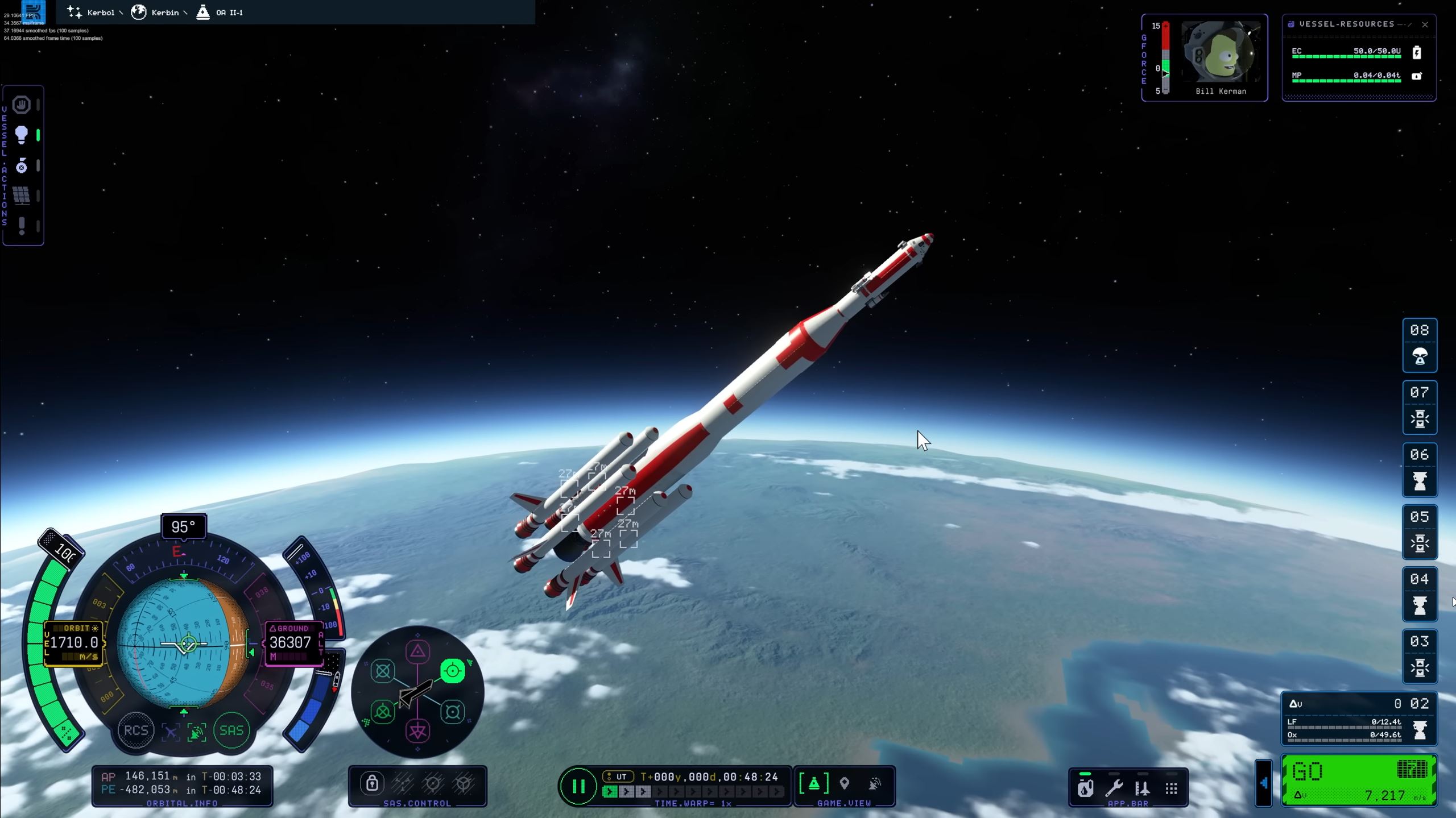
Simulators are from a genre that is mostly centered around a specific type of gameplay, whether it’s cross-country truck simulators or even farming simulators. These games present their own, extremely specific, enjoyability factor, one which can especially entice hobbyists. And Kerbal Space Program 2 manages to deliver on most of what fans expected from the sequel, despite the game launching in early access.
Furthermore, it even provides many new features and elements to make it a cut above its prequel, well, at least in some areas.
Kerbal Space Program 2 manages to deliver on most of what fans expected from the sequel, despite the game launching in early access.
Just like the original game, you can take your sweet time crafting and customizing various spaceships and other models at your leisure, making sure every intricate part is well-equipped. The only caveat is that, so far, the amount of content might be a bit too sparse for returning players, so prepare to be slightly annoyed at the fact that you won’t have the luxury of exploring everything that the game will eventually have.
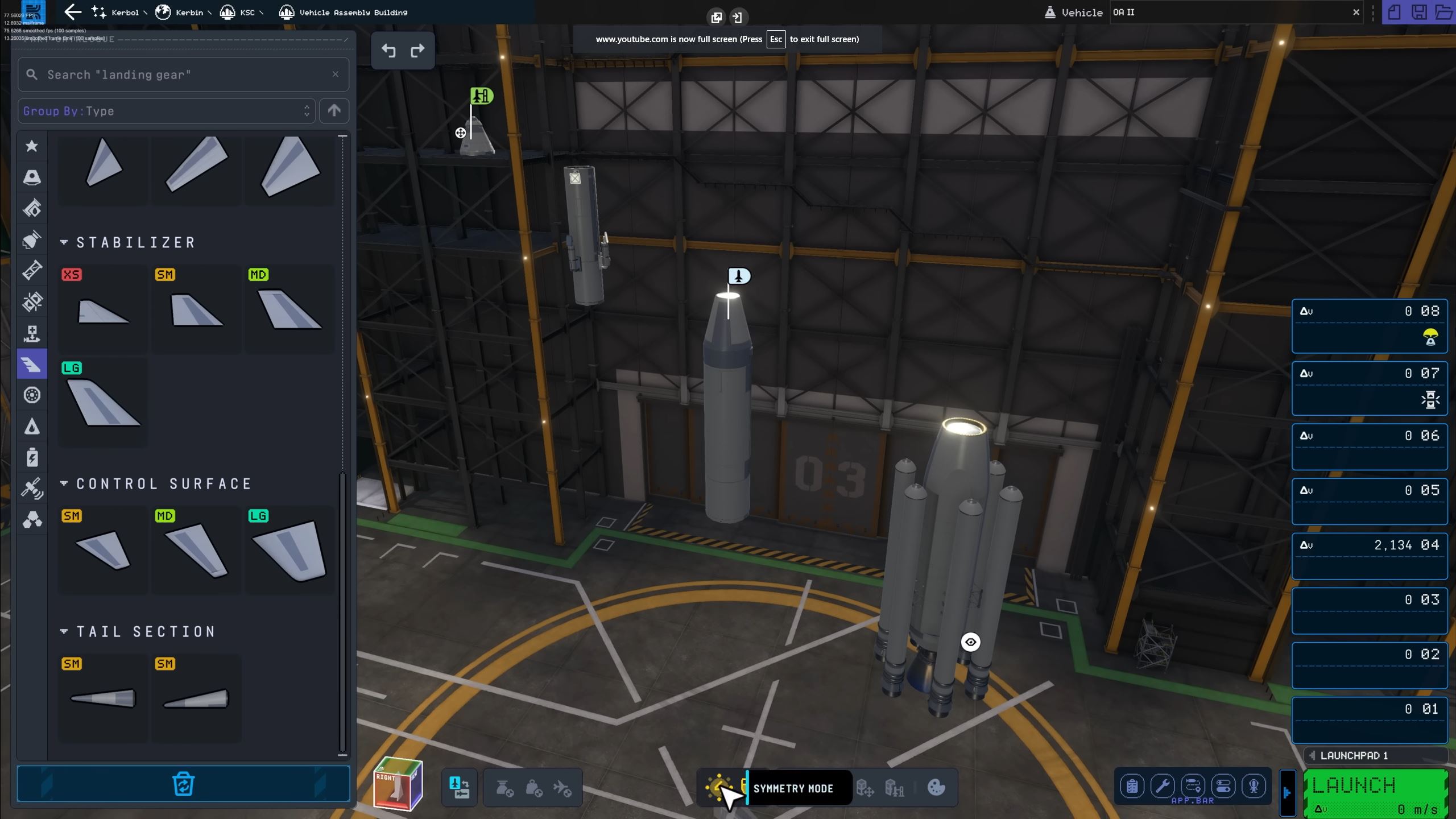
However, what irritated me the most was the fact that the game does not feature any sort of objectives as of writing this review. It is unclear when the developers will add these since there was hardly any mention of them in the roadmap or the planned updates. Thankfully though, you can still work hard on building your dream craft, managing their flight tests, and checking out what’s in store for you in space.
Among the new additions and enhancements, I especially enjoyed Atmospheric Scattering as an element that allowed me to get a better view of my spacecraft in action or during launch. The game now also offers a far more complex camera tool, which makes viewing your ship from multiple angles a lot easier.
Other quality-of-life improvements also include the fact that the game now lets you operate in a single workshop instead of switching between the spaceplane hangar and vertical assembly building.
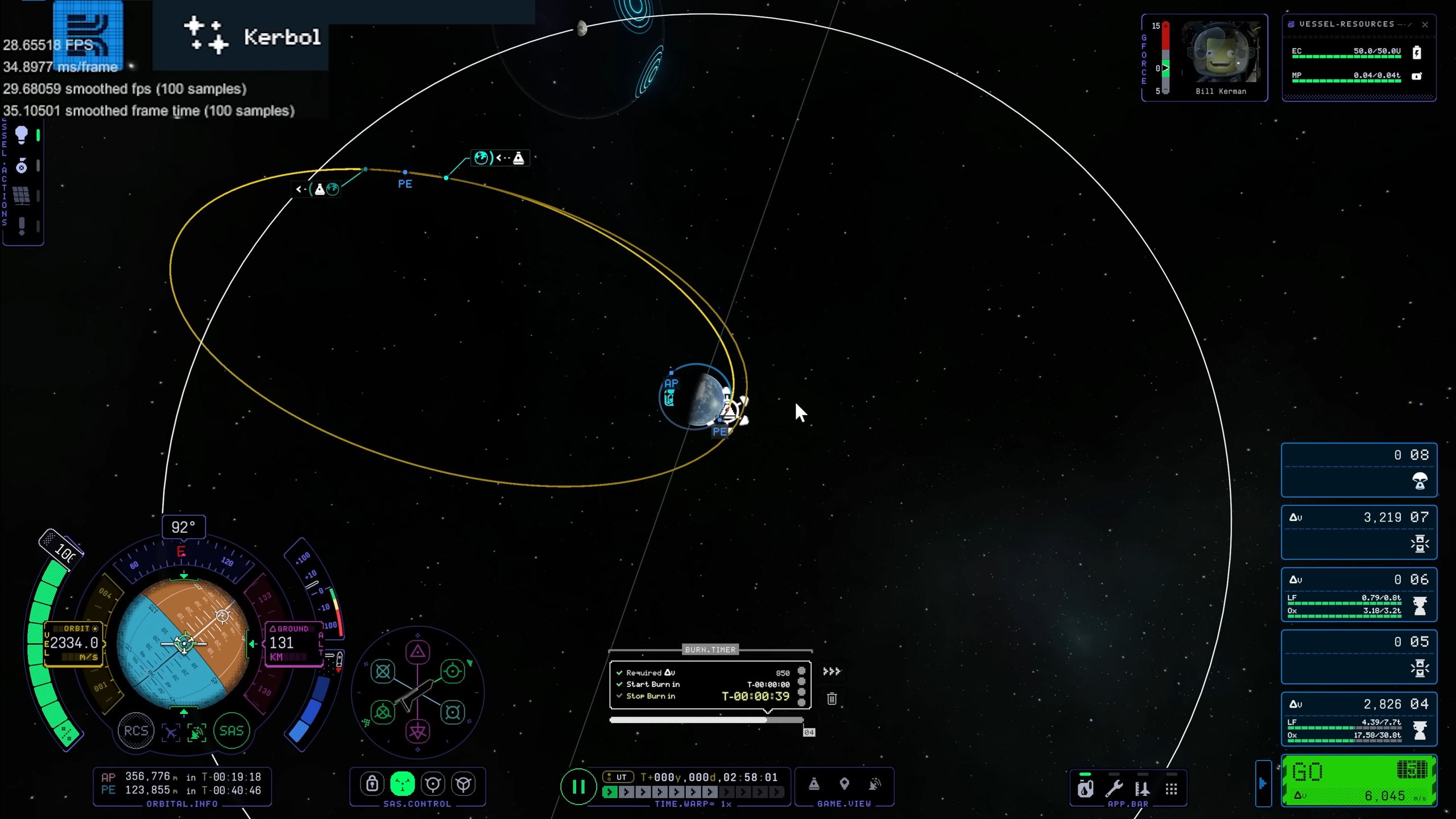
Some players may appreciate the fact that the experience now introduces several key tutorials that help you understand the basic and advanced mechanics of the game in much more detail. These sections and their videos are demonstrated to you by P.A.I.G.E, who is essentially an AI companion.
However, what irritated me the most was the fact that the game does not feature any sort of objectives as of writing this review.
These tutorials are also filled with their quirky charm, and they manage to explain to you the most detailed systems of the game, such as properly managing vehicle assembly, one of the most potentially frustrating elements you have to contend with.
However, the game is still fairly rough at this point, but here’s to hoping that with the planned content updates it will be a true successor to its original title. Moreover, it’s time we discussed the most integral component thus far, one that has me and several other players in early access quite frustrated.
Performance And Visuals

First and foremost, the visuals are easily a cut above the original, as every single model down to the interior design features much more realistic attention to detail. Right from the launchpad to taking your spacecraft into the galaxy, the sharp graphical fidelity is most definitely something that veteran players will adore. Still, ultimately, that aspect also ends up becoming one of the game’s downfalls right now.
Performance-wise, the game struggles to render anything that resembles a stable framerate. Despite a high-end graphics card such as the 3000 series GPU from Nvidia, the game will occasionally stutter, going as far as to make it a nuisance to even play it.
First and foremost, the visuals are easily a cut above the original, as every single model down to the interior design features much more realistic attention to detail.
To make things worse, there are a handful of bugs and glitches here, such as the game randomly crashing upon startup or amidst gameplay. Most of the playerbase is facing the same issues, and the only hope is that they can fix these soon.
Verdict
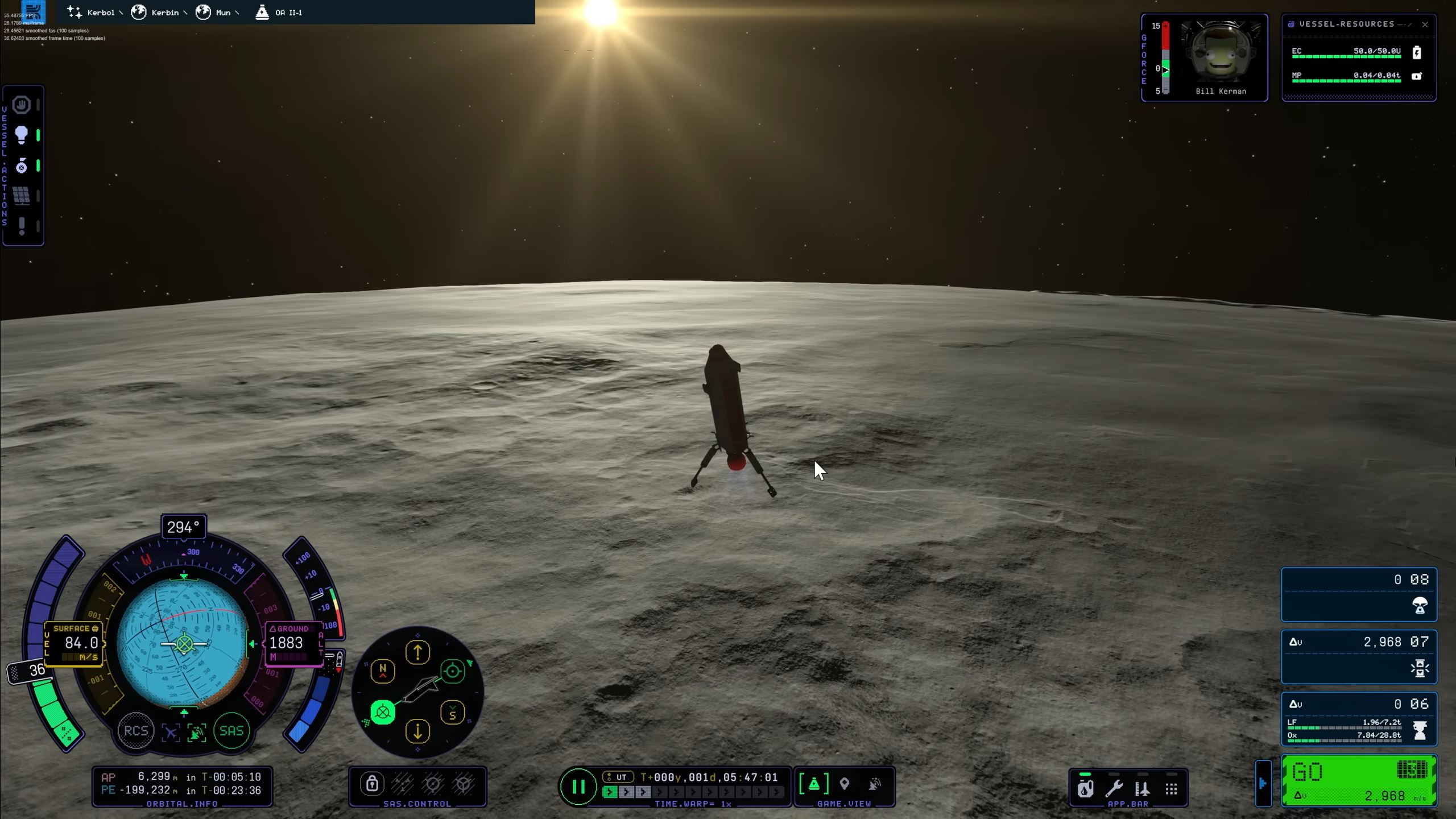
While it’s really rough around the edges right now, Kerbal Space Program 2 improves upon the template of its predecessor and introduces several well-needed changes to the original formula. There is certainly a lot to digest here, especially if you’re someone who’s an avid fan of the first game.
But no matter how much you try, this game (at least in its current state) just feels shallow in terms of performance and other highly incentivizing features that are missing, such as actual objectives
The saving grace is that the developers are hard at work to bring new updates, as they are looking to implement multiplayer and other new mechanics soon down the line. Still, for a game that’s currently in early access and took its sweet time in development with a larger team, you can’t help but feel a tad bit disappointed with the overall quality here.
This has been my Kerbal Space Program 2 Review. While you’re here, consider checking out some of our other articles.
- Destiny 2 Lightfall Review
- Sons Of The Forest Review
- Company of Heroes 3 Review
- Octopath Traveler 2 Review
- PlayStation VR2 Review
- DualSense Edge Review
- Spaceflight Simulator
- Universe Sandbox Legacy
- Rover Mechanic Simulator
- Take On Mars
- Meco Rocket Simulator
Thanks! Do share your feedback with us. ⚡
How can we make this post better? Your help would be appreciated. ✍



